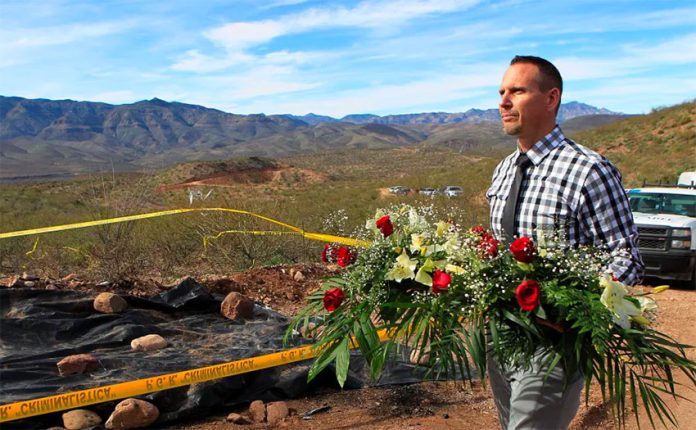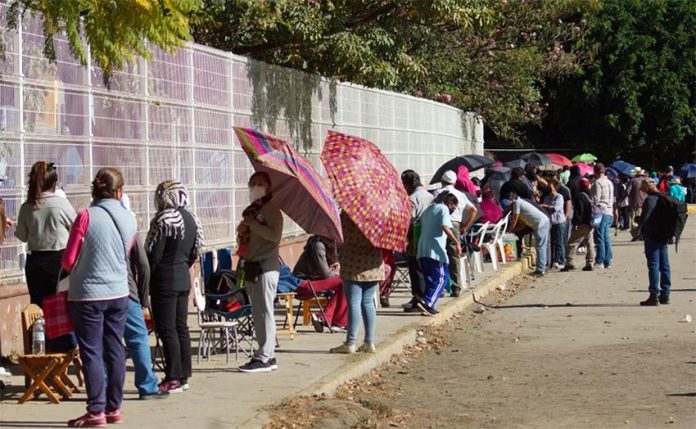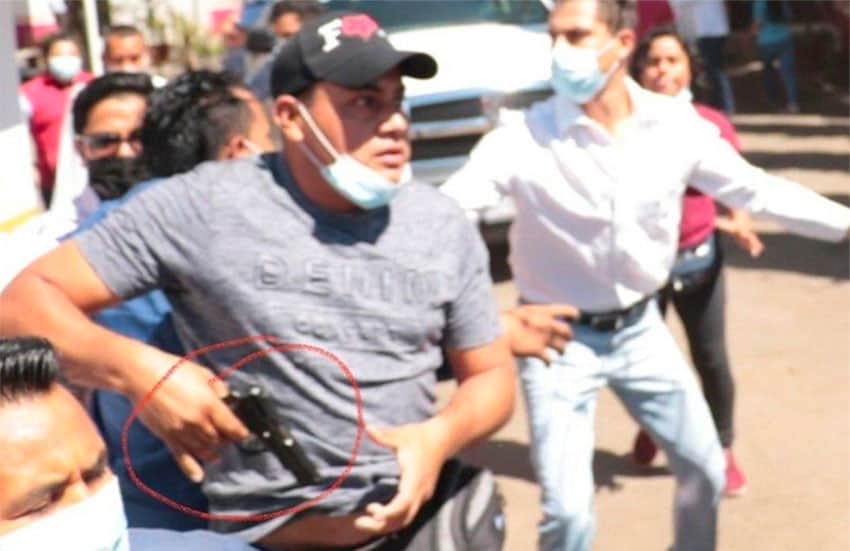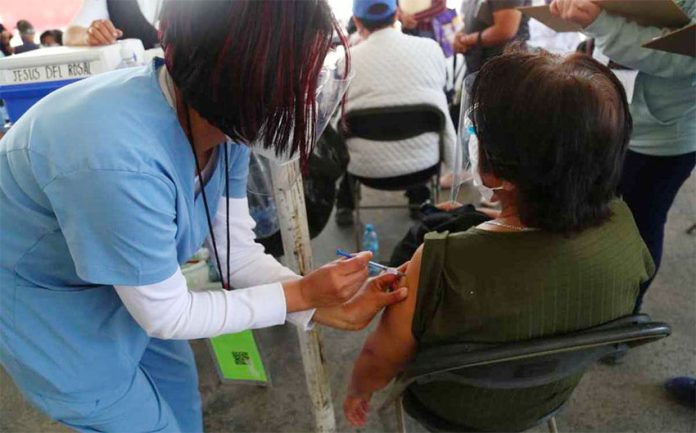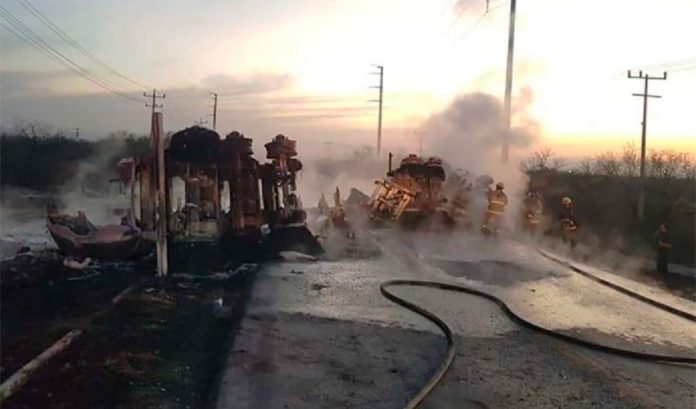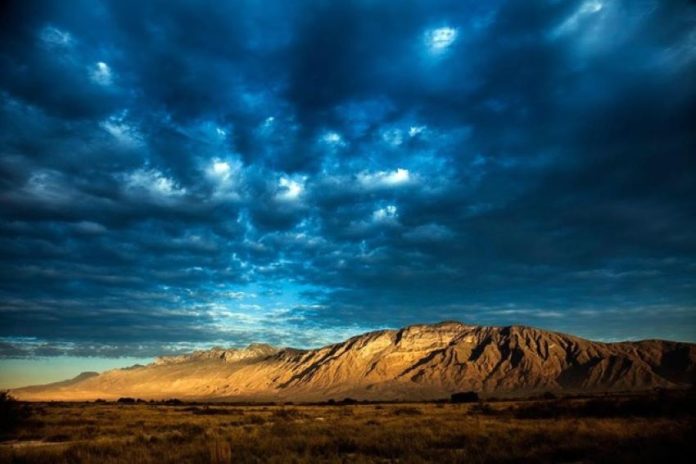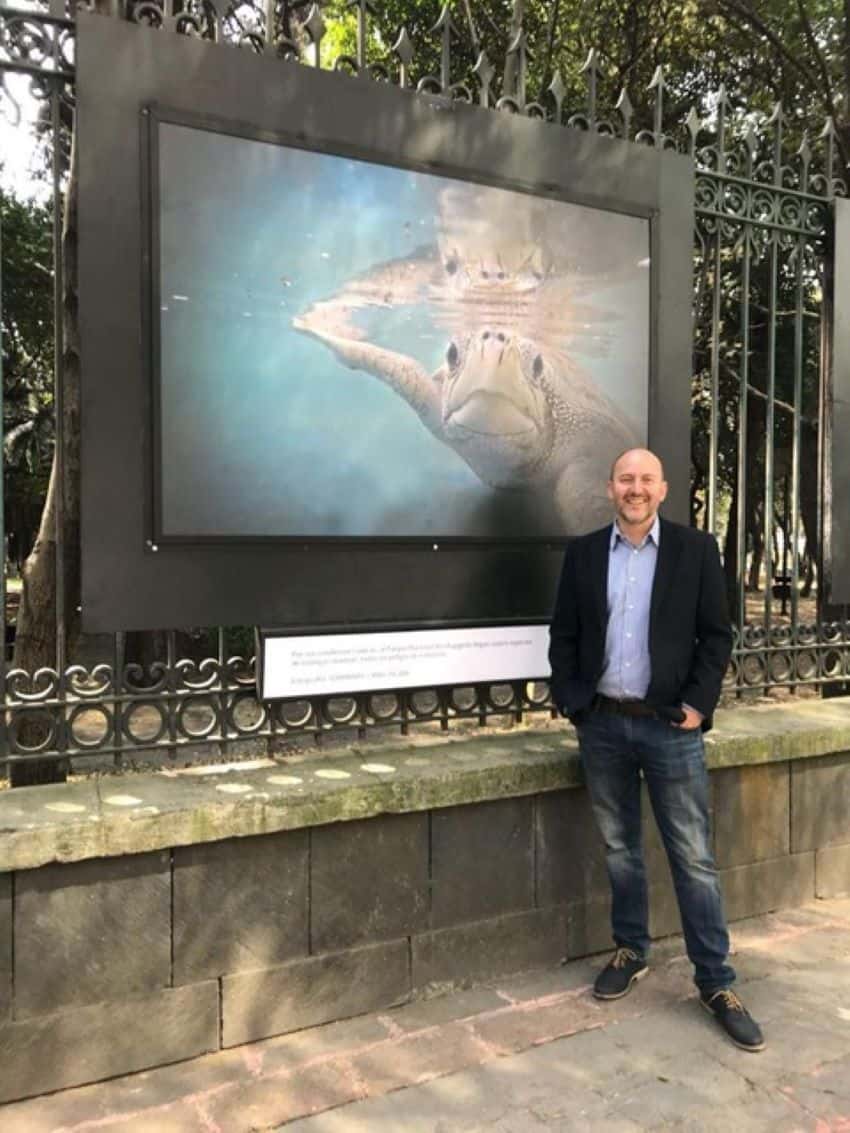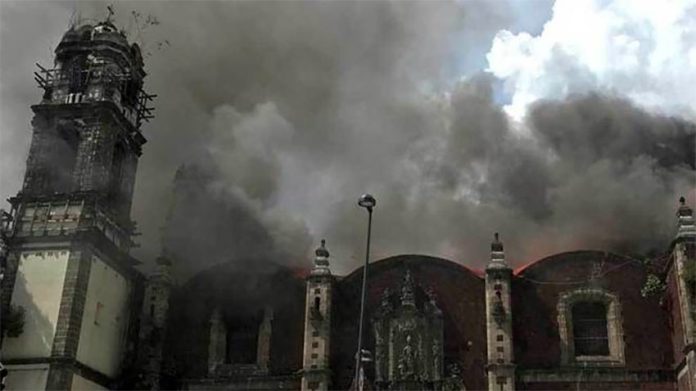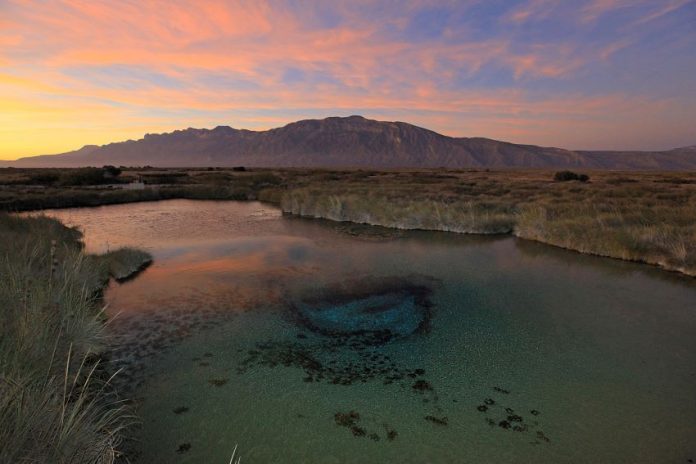Bryan LeBaron has filed a criminal complaint against former federal security minister Alfonso Durazo and Sonora Security Minister José David Anaya Cooley for negligence prior to a brutal attack in November 2019 that killed nine members of his extended family.
Three women and six children of a family of Mormons with dual U.S.-Mexican citizenship were killed on November 4, 2019 when their vehicles were ambushed by presumed gunmen of the La Línea gang in the Sonora municipality of Bavispe.
Bryan LeBaron, cousin of one of the slain women, announced Thursday that he had filed a complaint with the federal Attorney General’s Office (FGR) against Anaya and Durazo, who is now a candidate for governor of Sonora.
“They were responsible for guaranteeing people’s lives, even more so because they were made aware of the risk in the area where the massacre occurred,” he said on Twitter.
LeBaron told reporters on Thursday that four months before the attack took place Sonora and federal security authorities were aware that the dirt road between the northwest of Chihuahua and the northeast of Sonora was controlled by armed organized crime groups. However, they did nothing to address the problem, he charged.
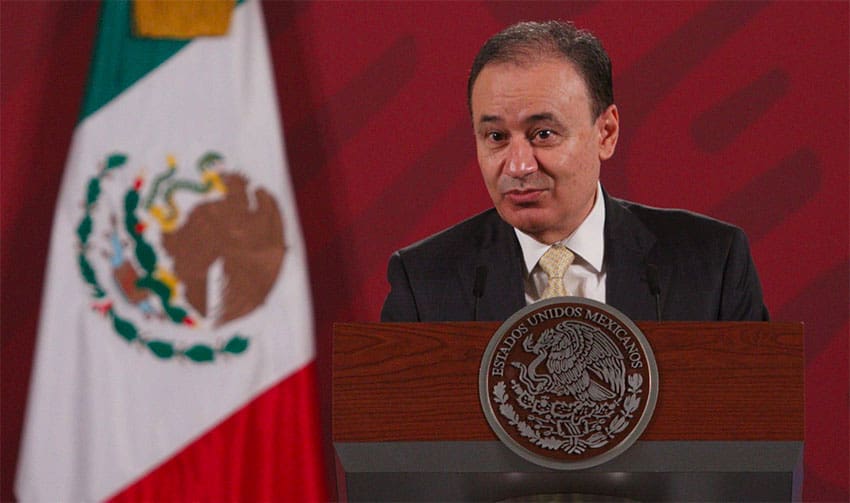
LeBaron said that there were at least three abductions in the area between June and August of 2019 and that several acts of extortion occurred there. He also said that two hidden graves had been found in the area.
He said Julian LeBaron, another relative of the victims and an outspoken anti-violence activist, told media outlets on several occasions before the attack that armed groups were operating in the area and extorting motorists. Bryan LeBaron added that Julian also met with a Federal Police coordinator to ask for security forces to be deployed along the road.
However, the authorities did nothing, LeBaron said, adding that both Durazo and Anaya should be brought to justice.
“We’re not going to let the state wash its hands [of the crime] by only arresting those who pulled the trigger; those who didn’t prevent them pulling it are also responsible,” he said.
LeBaron noted that 19 people have been arrested in connection with the massacre, including three people who were detained for murder last November.
He said there was no political motive for filing the criminal complaint against the officials, asserting that it was not designed to affect the candidacy of Durazo, who will represent Mexico’s ruling Morena party at the June 6 election in Sonora.
“We didn’t file it until now because we were focused on the arrest of the culprits but as we found out more and more information about what happened before the massacre we became aware of the incredible omissions [of the authorities]. We’re not going to remain with our arms crossed,” LeBaron said.
He said he had confidence in the FGR, adding that in addition to examining negligence it will also have to determine whether there was complicity between the authorities and organized crime.
Durazo, who left his position as security minister last October to pursue the governorship in his native Sonora, responded to news of the criminal complaint against him in a Twitter post, saying that he and his team did all they could to guarantee security in the area prior to the massacre. He also said that he remained committed to the crime being resolved and punished.
“I confirm my solidarity for and with the LeBaron family for the painful act that appalled the country. This incident obliges us all … to strengthen the fight against crime. I reiterate my effort and my commitment,” Durazo wrote.
Bryan LeBaron retweeted the ex-security minister’s post, writing above it: “As men of peace and faith we acknowledge the solidarity. Unfortunately the words, as politically correct as they might be, don’t heal the pain of a child without a mother, a man without a wife or fathers without children.”
Source: Animal Político (sp)
